Postural Orthostatic Tachycardia Syndrome (POTS) - Managing Symptoms
Sept. 21, 2023 #Hypertension
What is Postural Orthostatic Tachycardia Syndrome (POTS)?
Postural Orthostatic Tachycardia Syndrome (POTS) is a condition in which the heartbeat increases abnormally, when transitioning from lying down to standing up. This condition can lead to a variety of symptoms, including lightheadedness, dizziness, fatigue and an elevated heart rate.
Key Points:
- POTS is a condition characterized by an abnormal increase in heart rate when changing position from lying down to standing.
- Symptoms of POTS can include lightheadedness, dizziness, fatigue and an elevated heart rate.
- POTS can significantly impact daily life and make simple tasks challenging.
- Management options for POTS include lifestyle modifications, medications and physical therapy.
Individuals with POTS may experience difficulty carrying out everyday activities such as shopping or showering due to the impact of the condition on their cardiovascular system. This can make these seemingly simple tasks a challenging ordeal.
To manage and improve symptoms, individuals with POTS can explore various treatment options. Lifestyle modifications, such as increasing fluid and salt intake, avoiding triggers, and engaging in regular exercise. This may help alleviate symptoms.
Medications, such as beta blockers or fludrocortisone, can also be prescribed to regulate heart rate and blood pressure. Additionally, physical therapy or occupational therapy may be beneficial in improving overall strength, endurance and functionality.
It is important to note that while management options exist, there is currently no known cure for POTS. Therefore, individuals with POTS may need to work closely with healthcare professionals to find the most effective combination of treatments to enhance their quality of life and manage their symptoms.
Causes and Risk Factors
POTS may develop after a viral infection, surgery, trauma or pregnancy. These events can trigger an abnormal response in the autonomic nervous system, leading to the characteristic symptoms of POTS.
Having a family history of the condition can increase the risk of developing POTS. It suggests a genetic predisposition to the disorder.
Diagnosis and Symptoms
A POTS diagnosis in adults is characterized by an increased heart rate of 30 beats per minute within ten minutes of standing up, accompanied by symptoms. Other conditions with similar symptoms must be ruled out.
Symptoms of POTS may vary but commonly include lightheadedness, brain fog, blurred vision, weakness, fatigue and heart palpitations. These symptoms can significantly impact a person's quality of life.
Treatment and Management
Lifestyle modifications can be effective in managing the symptoms of POTS for individuals with this condition. Some recommended lifestyle changes include:
- Increasing fluid and salt intake: This can help maintain hydration and promote better blood flow.
- Wearing compression stockings: Compression stockings can help improve blood circulation and reduce symptoms like lightheadedness and leg swelling.
- Avoiding prolonged bedrest: Staying active and avoiding prolonged periods of lying down or sitting can help prevent blood pooling and improve overall cardiovascular function.
In addition to lifestyle modifications, healthcare professionals may prescribe medications to help manage POTS symptoms. Some commonly prescribed medications include:
- Beta blockers: These medications can help regulate heart rate and reduce the symptoms of palpitations and rapid heartbeat associated with POTS.
- Pyridostigmine: This medication can help improve nerve signaling and enhance blood flow, potentially reducing symptoms.
- Midodrine: Midodrine is a vasoconstrictor that can help increase blood pressure, reducing symptoms like dizziness and lightheadedness.
- Fludrocortisone: This medication helps increase blood volume, leading to improved circulation and symptom relief.
Physical therapy can also play a crucial role in the management of POTS. A physical therapist can design a customized exercise program to improve cardiovascular fitness and strengthen muscles, ultimately enhancing overall functionality.
It is important to note that approximately 80% of patients experience symptomatic improvement with treatment for POTS. However, the effectiveness of treatment can vary from person to person, and some individuals may require additional support, such as disability assistance, to navigate the challenges posed by POTS.
POTS can have a significant impact on a person's daily life. Approximately 25% of patients with POTS are unable to work due to the disabling nature of the condition. Simple tasks can become challenging and exhausting for individuals with POTS.

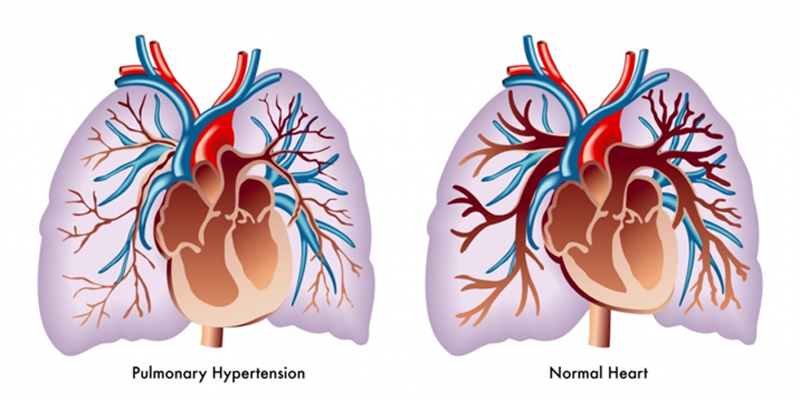
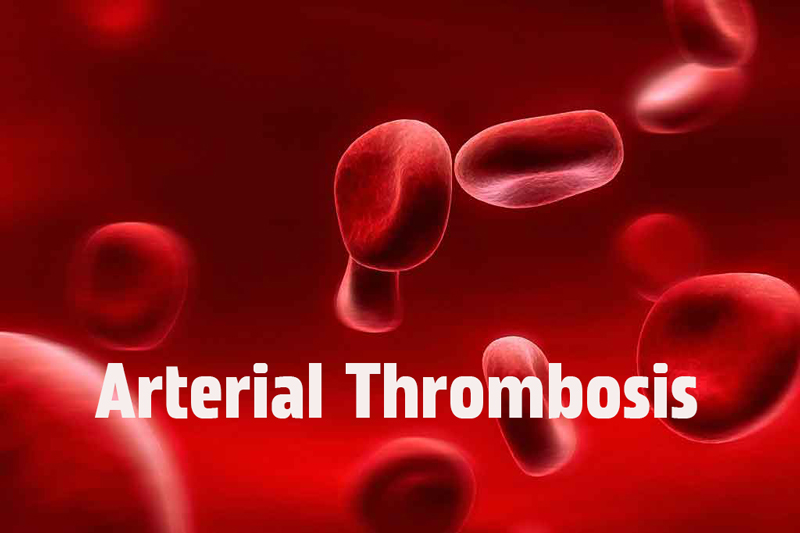
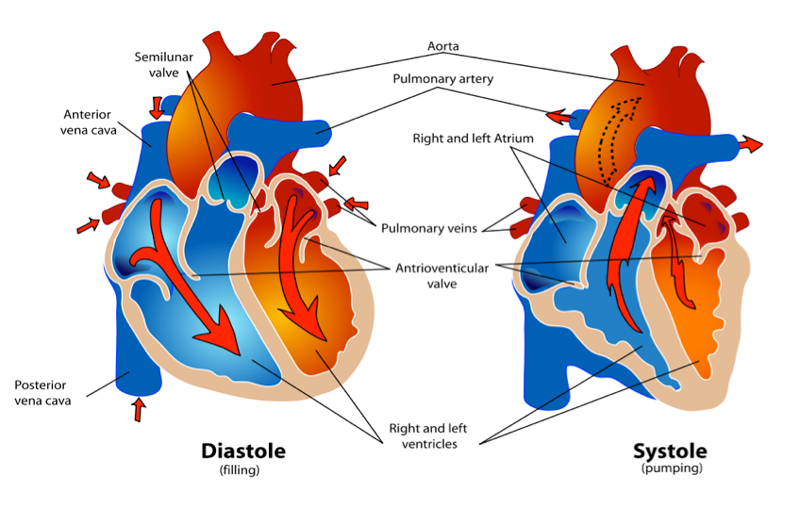

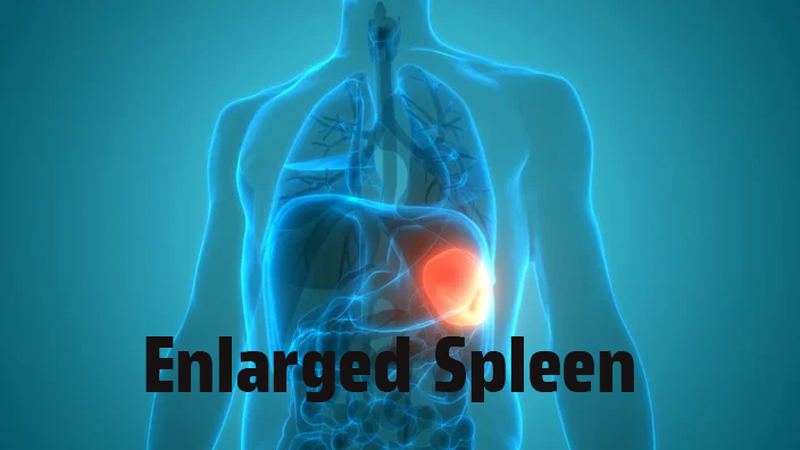



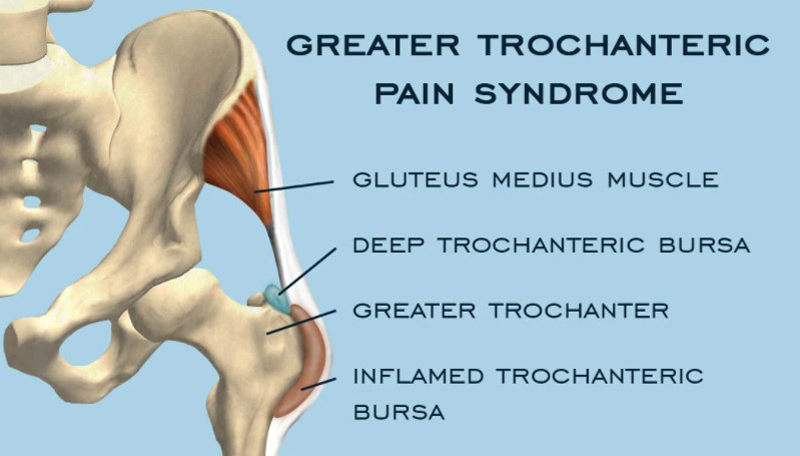
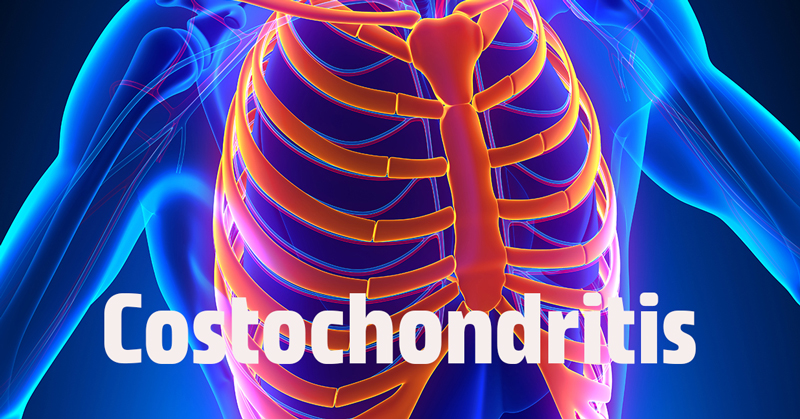
COMMENTS